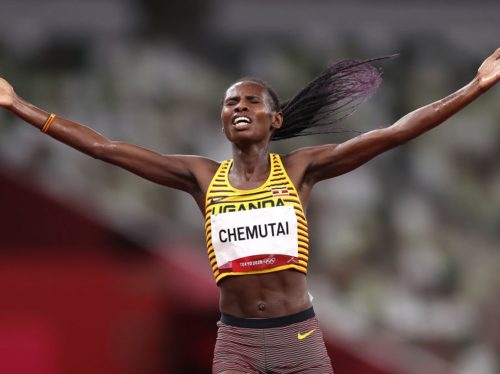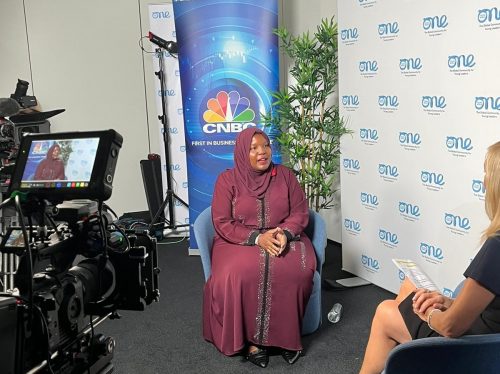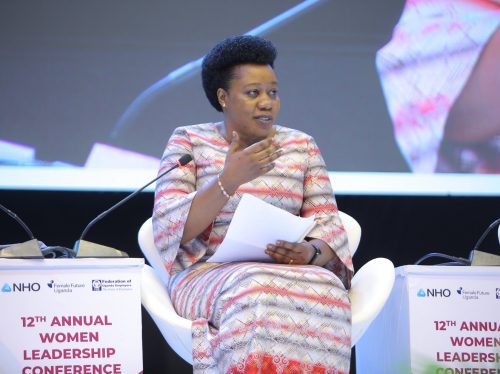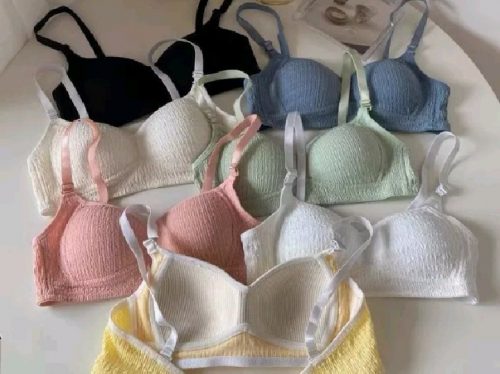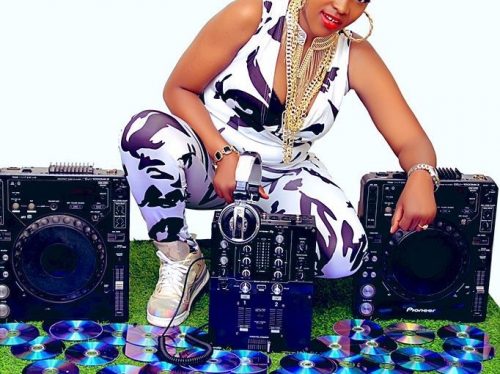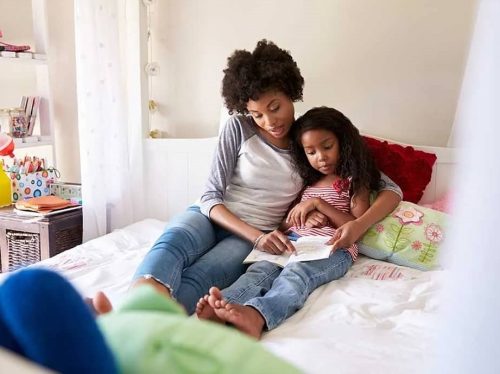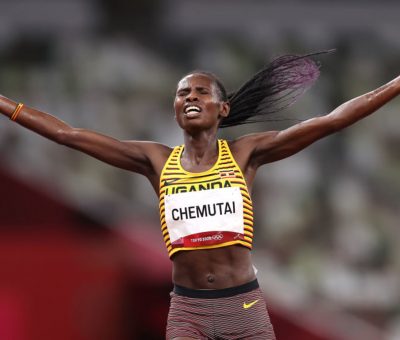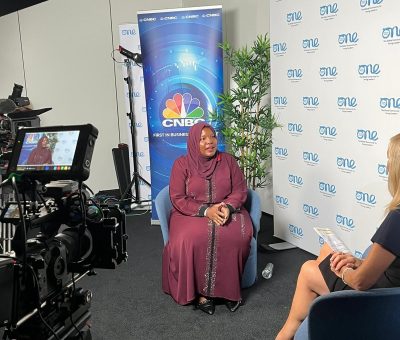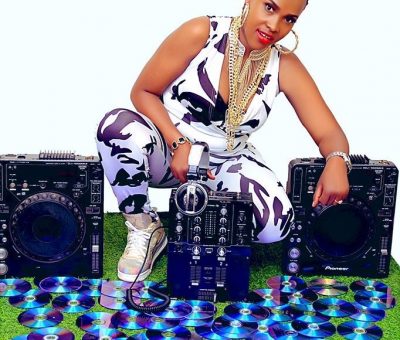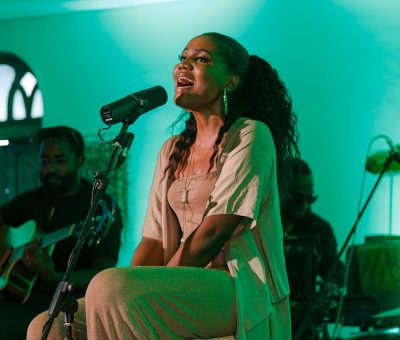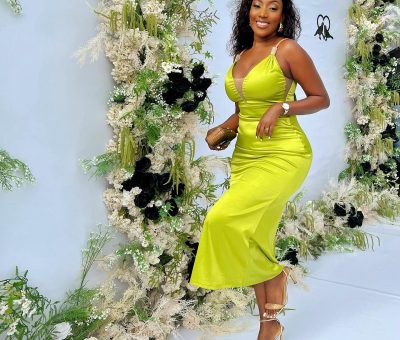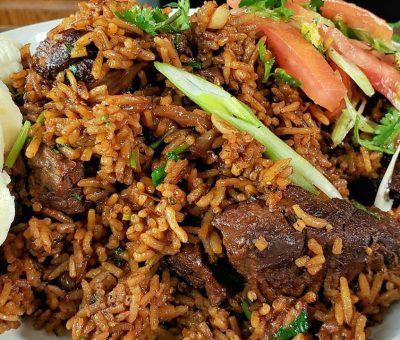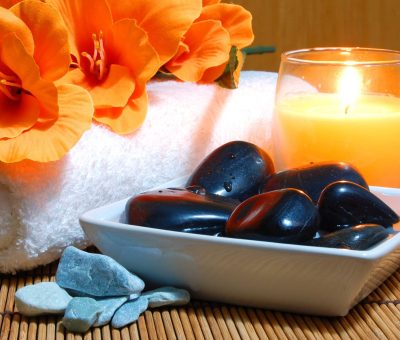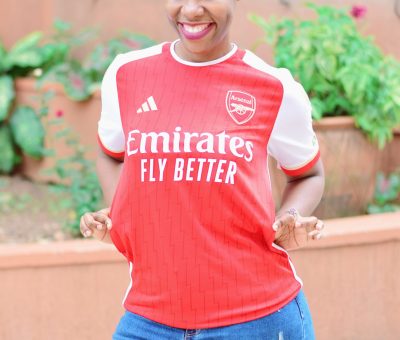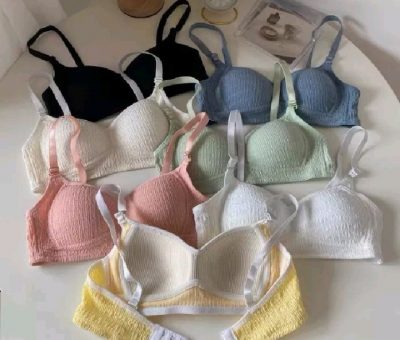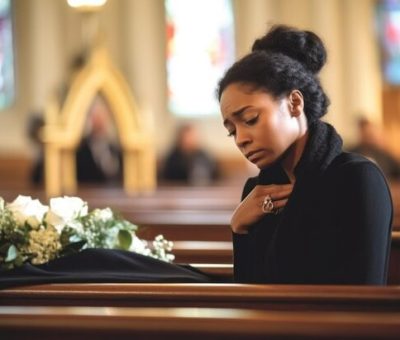A day in the life of Solaire Munyana
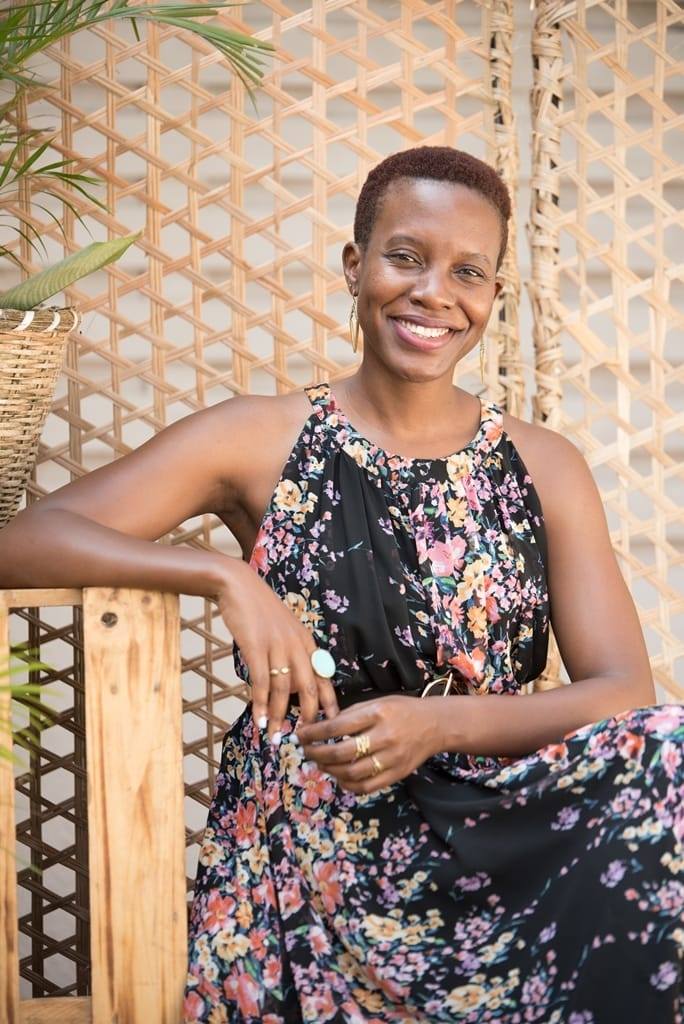
When we watched ‘The Hostel’, we laughed at the humour, scowled our faces at the annoying scenes but generally had a good time. However, not many of us cared to think of the brains behind the creative university TV show.
Ask no further, it is Solaire Munyana, one who was thrilled by stories irrespective of the source; it could have been her older siblings, her imagination or the English Composition and Reading classes. These were her favourite subjects and she has since been part of several film and TV productions, either as a director, script writer or both. She shares her journey behind the scenes.
I am a narrative strategist; a fancy way to say that I am a TV, film and podcast producer. My day starts at 6am and normally, I prepare the night before; ensuring I have all I need. This means having my script ready and downloaded to my phone. In the morning, I ensure I have my notebook and comfortable clothes since filming usually takes the whole day.
Comfort is essential because there are times I have to sit on the floor. However, I also have to be smart because at other times, I meet corporate clients. Then I meet up with the team to do a location scout. Location scouting means checking out where the filming will take place. I also have a conversation with my director of photography, walk through the location, and discuss the different shots we will take. This normally requires me to have knowledge and feel of what I am looking for. The script can only reveal so much and sometimes, things change when you arrive at the location.
For instance, at times, we want to film at the client’s premises. However, that may be tampered with by say, noise, which distorts everything. Here, we then pick a quieter place such as a hotel for the shot. Then we move to catering the location, set up where lights and cameras are put in place and we allocate where the guests are going to sit. Then we have our guest come in and we have a chat before the interview. This is crucial since this way, we get to learn about the client’s schedule; we get to know if we can talk a little bit more or if they are in a rush, thus the need to dive in immediately.
We also share the questions ahead of time so the client can prepare as well as to how the interview will flow and which direction they should be looking. You will be surprised how many times people’s eyes shift from the camera to somewhere else. So, most times, I ask the client to look at me directly. I also do a lot of nodding without making any sound and it works to encourage the person to talk. I marry that with being very expressive, using hand gestures in order to put my point across. However, that is only when I am talking and trying to put my point across. This animation makes them get into the spirit of things and is also used when I am asking them to do something.
At times we may have multiple interviews but even when there is just one set, we get multiple locations so as to make use of the space optimally. After the interview, the photographer looks through the footage, which he takes off the card onto the laptop. I also get to start the review process then. We then hand over the script to the editor and hope to have a finished product in the next three days.
The day usually ends at 5pm. I love what I do and the people I work with because they make life very easy.


